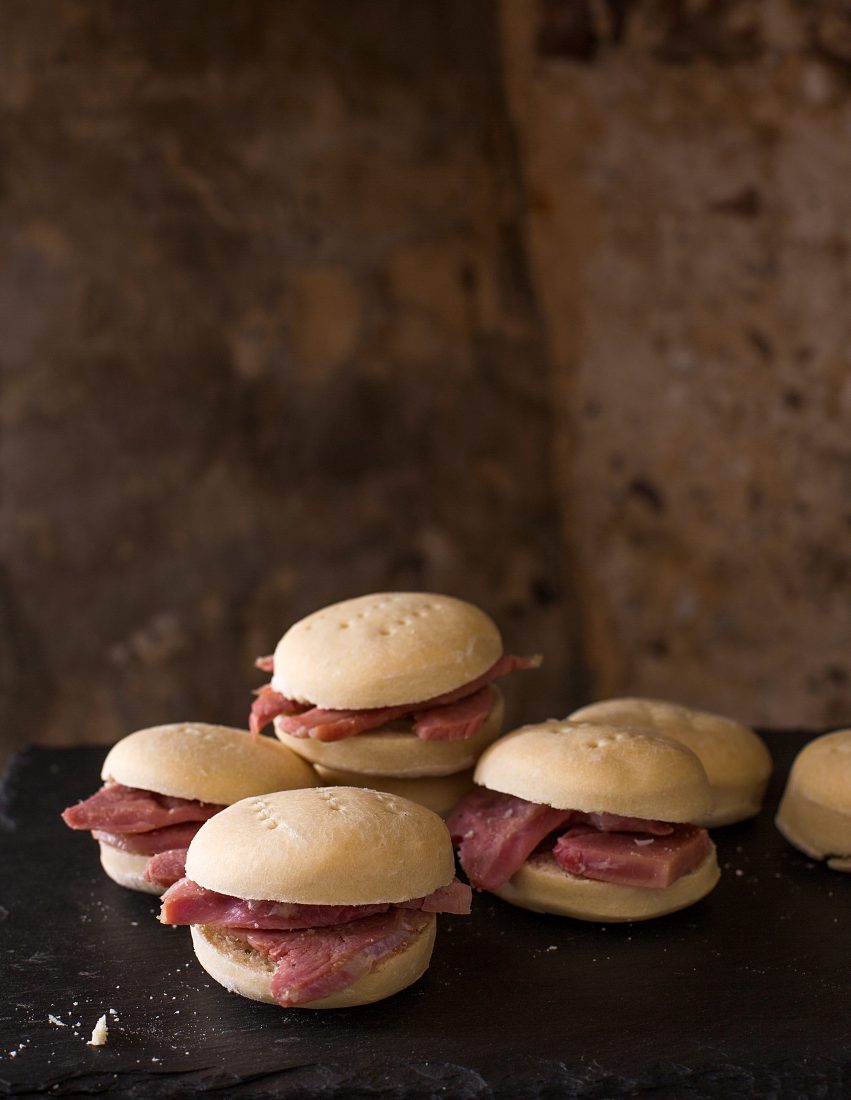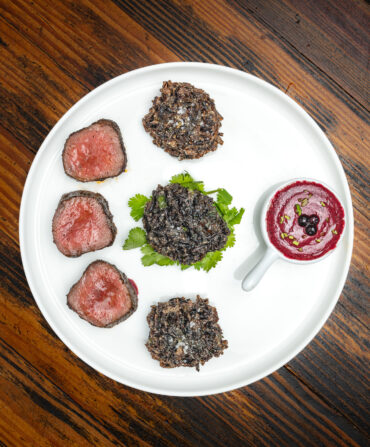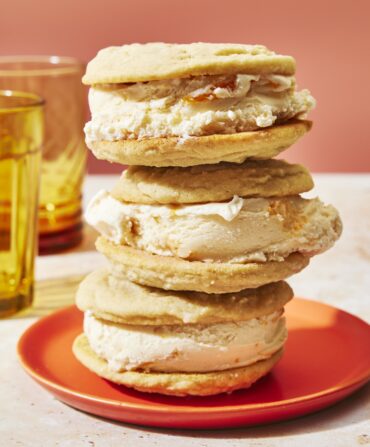The beaten biscuit doesn’t disintegrate into buttery crumbs. It lacks the tang of buttermilk and the lightness of baking powder. It’s a dense holdover from the antebellum era that can require more than an hour of hard work, or a bulky, nearly extinct piece of equipment. Even so, devotees like chef Karl Worley of Biscuit Love Brunch in Nashville believe it’s worth the trouble.
Worley’s advisor on the matter was one of the greatest authorities on biscuit-making of the past century. The late John Egerton wrote the seminal Southern Food: At Home, on the Road, in History in 1987, and he co-founded the Southern Foodways Alliance in 1999. Like so many cooks before him, he served country ham with beaten biscuits. Egerton taught Worley how to make those rare treats, and today the chef proudly serves them at his restaurant. With ham, of course.
While the delicate crumb of the buttermilk biscuit requires pampering from mixing bowl to oven to table, the work of beaten biscuit–making is prolonged and violent, and was often left to enslaved cooks in centuries past. To create layers in the dough, bakers armed with rolling pins, axe handles, and even hammers whomp and fold it until it resembles a blistered hunk of putty, anywhere from forty-five minutes to an hour and a half. Those hard-earned layers inflate just slightly in a hot oven, releasing steam through the holes traditionally poked into each biscuit with a fork. The effect doesn’t compare to that of baking powder, but a little bit of rise was better than no rise all for nineteenth-century bakers without ready access to leaveners. And today, proponents of the beaten biscuit say that its firm texture and unobtrusive flavor are the reasons why it pairs better with country ham than its flakier kin.
“In Europe, you eat ham with crackers,” Worley says. “Beaten biscuits have that crackery texture, and they’re more neutral than buttermilk biscuits. People either get it or they don’t.”
There are easier ways to make them, too. Worley collects biscuit brakes, which are vintage machines that work like oversized pasta rollers, with cylinders that tenderize and layer dough. He finds in them in antique stores. To stay true to this bare-bones recipe, you might want to check the garage for a clean axe handle instead. Or to save time, just use a food processor.








